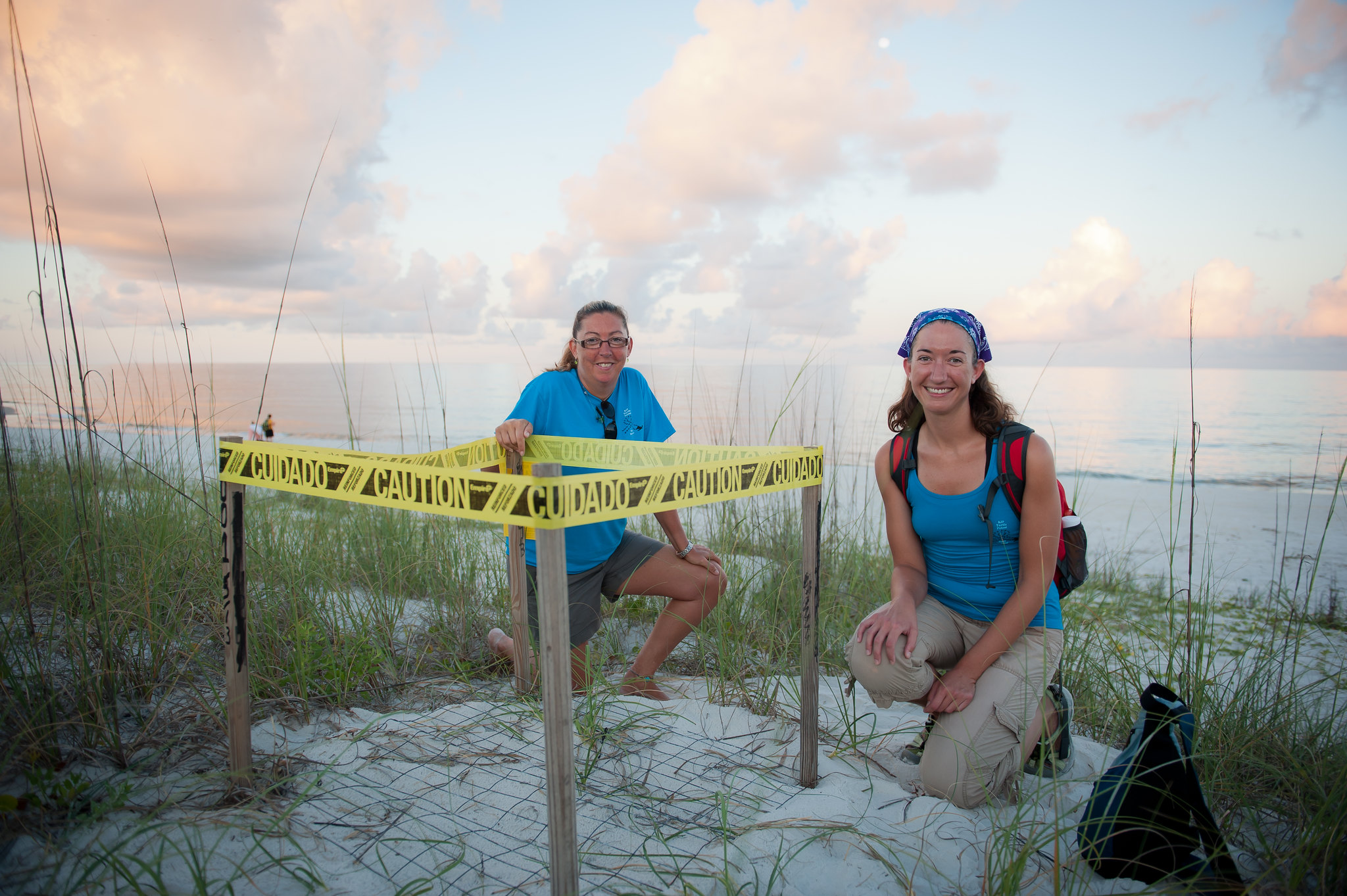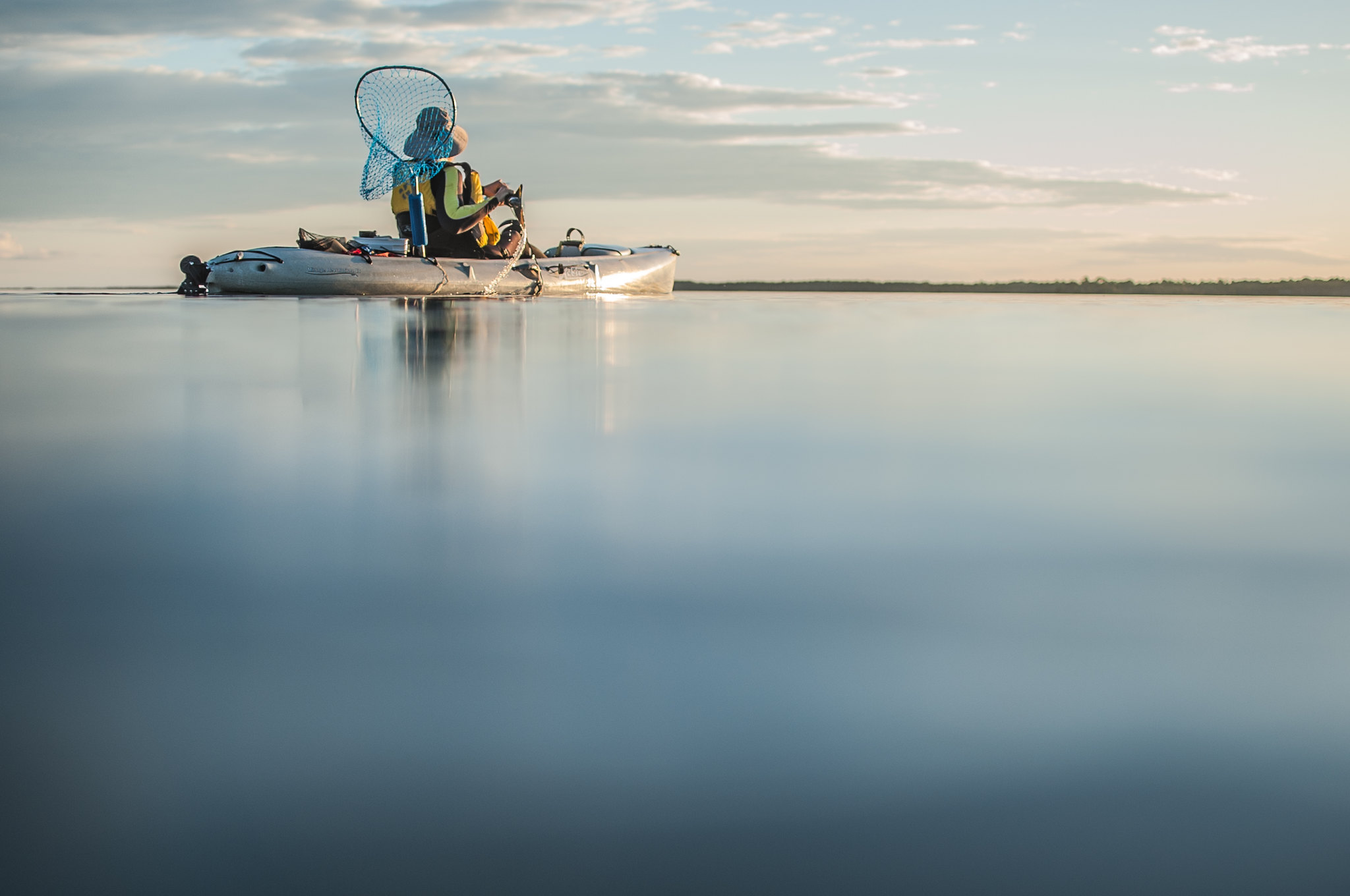A unique natural landmark, Purgatory Chasm State Reservation runs for a quarter of a mile between granite walls rising as high as 70 feet. Popular with picnickers and rock-climbers alike, the Chasm is believed to have its origin in the sudden release of dammed-up glacial meltwater near the end of the last Ice Age, approximately 14,000 years ago.

Trails lead to a wide variety of rock formations, with such romantic names as The Corn Crib, The Coffin, The Pulpit, Lovers’ Leap and Fat Man’s Misery.An adventurous playground, equipped with a play structure, swings and a merry-go-round, is now located near the visitor center.
Please be aware chasm rocks and slopes are slippery and deceiving. Wear rubber soled shoes or hiking boots. Please stay away from the edges of the chasm. It is not recommended to hike the chasm after or during inclement weather due to extremely slippery rocks.
Note: Well behaved dogs are welcome, but must be leashed at all times.

We stopped by the Chasm for lunch on our way out to Narragansett Beach, Rhode Island, during a summer getaway. It is about an hour from Northampton, Massachusetts. It is a large state reservation park with lots of hiking trails, picnic spots, a visitor center, bathrooms and parking. But the main attraction is the ½ mile long “chasm” where kids can climb on, over, under all kinds of rocks and boulders. There were even some rock climbing classes going on when we were there. The chasm is right across from the visitor center and has a trail marker. You can hike it in a loop by exploring the rocky chasm and then returning along the ridge above the chasm. It was the perfect pit stop on the way to the beach. Or it could be a destination for a picnic and afternoon of adventure.
There are no food services in the park area, but it is right off the highway.
Rates:
No fee. There is a daily parking fee of $5 for MA vehicle, $6 non-MA vehicles.
Directions:
Purgatory Chasm is off route 146 about an hour south-west from Boston.
Pin it for later!

Photo credit: Flickr/Matt Runkle


























 At the Star Wars-themed science presentation, the young woman centered her experiments around examples from the movies: Luke’s land speeder (a hovercraft made of particle board and a leaf blower), the swinging log on Endor (to demonstrate momentum and force), and Cloud City (making clouds in a plastic bottle using water and forced air).
At the Star Wars-themed science presentation, the young woman centered her experiments around examples from the movies: Luke’s land speeder (a hovercraft made of particle board and a leaf blower), the swinging log on Endor (to demonstrate momentum and force), and Cloud City (making clouds in a plastic bottle using water and forced air).

 Shopping, Dining, and Lodging at the Arbor Day Farm:
Shopping, Dining, and Lodging at the Arbor Day Farm:


